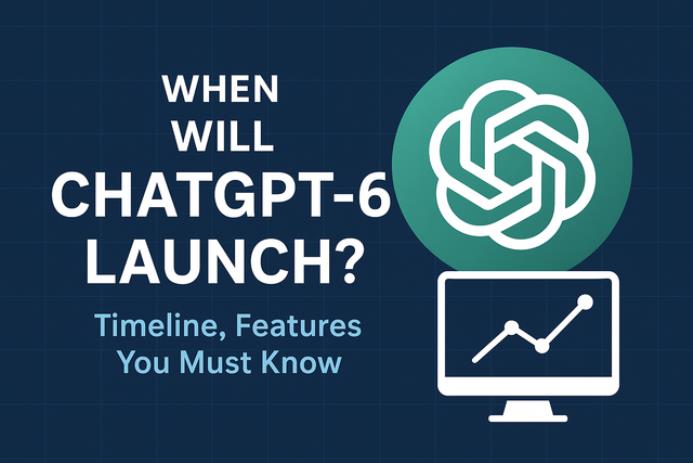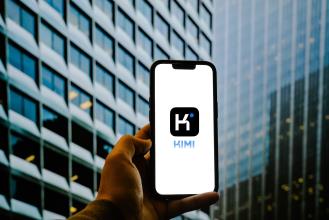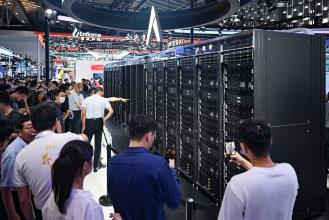When Will ChatGPT‑6 Launch? Timeline, Features You Must Know
- 11 November, 2025 / by Fosbite
Why Everyone’s Asking About ChatGPT‑6
OpenAI’s GPT‑5 arrival in August 2025 reset expectations for conversational AI. People I talk to — product leads, devs, compliance officers — kept one question at the top of the list: when will ChatGPT‑6 launch, and what will it actually do? That curiosity isn’t just hype; it shapes hiring, procurement, and roadmaps. So let’s walk through the timeline signals, likely features (think personalization and memory), and practical steps teams can take now.
When Will ChatGPT‑6 Be Released?
Short answer: there’s no official date. Long answer: we can make an evidence‑based forecast. Look at the pattern—GPT‑4 in March 2023, GPT‑5 in August 2025—about a 28‑month cadence. That said, leadership has hinted the gap to GPT‑6 will be shorter. Taken together, a conservative estimate places a public ChatGPT‑6 release sometime before December 2027, with earlier limited previews or private betas as early as 2026.
- Why this matters: companies often compress public timelines by rolling out staged previews to partners — so don’t expect a single flash launch. Expect private beta invitations and enterprise previews first.
- Signals to watch: job postings for deployment/safety roles, leaked memos, and invitations to test programs are the usual prelude.
What OpenAI Has Teased About GPT‑6
Public remarks from August 2025 point to a few clear priorities. These are not promises, but they're strong roadmap signals:
- Personalization & memory: Sam Altman and others said GPT‑6 will better adapt to user preferences and maintain longer, context‑appropriate memory — with more control for users.
- Emotion and wellbeing awareness: OpenAI is reportedly consulting psychologists so assistants can be sensitive to mental health risks and wellbeing cues.
- Compliance & neutrality: there’s emphasis on meeting policy requirements for ideological neutrality while enabling user customization — a tricky balance.
- Smoother rollout: hints about staged previews and hardened platform tooling suggest OpenAI learned from GPT‑5’s operational hiccups.
Put another way: expect a model that tries to be more helpful and more careful — and to give users clearer choices about what it remembers and does on their behalf.
How GPT‑6 Might Differ Technically
From leaked notes, academic postings, and how the tech evolved across prior releases, GPT‑6 will probably focus on three technical pillars:
- Deeper reasoning and agentic AI features: better chain‑of‑thought, longer context handling, and capabilities for the model to take actions (with permission). Think of assistants that don’t just suggest but can execute workflows — booking, scheduling, small transactions — under explicit user consent.
- First‑party search & indexing: less reliance on third‑party scraping; OpenAI appears to be investing in its own index to serve fresher answers and reduce latency.
- Safer memory systems: privacy controls, granular consent flows, and audit trails so remembered data can be governed and revoked.
Technically, that’s a lot: long‑context memory plus agentic behavior plus first‑party indexing requires orchestration across storage, retrieval, safety, and UX — not trivial. But if done well, it changes how persistent assistants behave.
Product Use Cases: What GPT‑6 Could Enable
Here’s where the abstract becomes tangible. If GPT‑6 delivers on personalization, memory, and agentic features, expect real shifts in workflows:
- Persistent personal assistants: resume tasks across sessions, remember stylistic preferences, and manage calendars or emails (with explicit permissions).
- Shop‑in‑chat experiences: smoother in‑chat purchases and checkout flows, building on GPT‑5’s Instant Checkout and evolving toward richer commerce integrations.
- Domain specialists: stronger, citation‑aware support for tasks like legal research, programming assistance, or biomedical literature review — useful for enterprise teams that need traceability.
Quick example from real life: a freelance marketer I know ran a GPT‑5 workflow that suggested ad copy and A/B variants. With GPT‑6, imagine the assistant remembering brand voice, drafting campaigns, scheduling tests, and even launching ads (with an OAuth permission flow). The productivity gain is real — if safety and permissions are nailed down.
Policy, Ethics, and Safety: Key Considerations
Greater autonomy and memory make ethics central, not optional. A few tensions to expect:
- Neutrality vs. customization: governments (for example, recent U.S. guidance) want neutrality. Users and businesses want customizable tone and stance. The product challenge: let users control customization while showing transparent channels for how outputs were shaped.
- Mental health and wellbeing: wellbeing features can help, but poorly designed interventions risk harm. OpenAI’s collaboration with psychologists is the right move — but implementation details matter.
- Competition and market pressures: open‑source alternatives and state‑backed projects mean pricing and access will influence adoption and feature design.
So yes — capability growth must be matched with governance: consent, audits, human‑in‑the‑loop oversight, and clear opt‑outs for memory.
What Happened With GPT‑5 and Why It Matters for GPT‑6
GPT‑5 pushed multimodal reasoning, voice, real‑time search, and Deep Research summaries. It also taught a few blunt lessons:
- Public examples of tone drift and factual mistakes triggered media scrutiny and user mistrust.
- Operational hiccups during rollout forced rapid patches and feature toggles.
Those pain points explain OpenAI’s push for staged previews and more robust deployment tooling for GPT‑6. In plain terms: expect slower, safer expansion rather than an all‑at‑once flip of the switch.
Timeline Snapshot & Signals to Watch
Want to know if GPT‑6 is imminent? Here are the things that usually show up before a major release:
- Private beta invitations to enterprise and research partners (that’s often the earliest sign).
- Published safety evaluations or research papers that accompany demo programs.
- Hiring surges in deployment, safety, and policy roles — those job posts leak intent.
If you see those signals together, plan for early access windows and tighten your integrations. People also search “How to get early access to GPT‑6 beta?” — typical route is partner programs, research collaborations, or enterprise pilots.
How to Prepare: Practical Checklist for Businesses and Developers
If you’re responsible for product or engineering, don’t wait for the splashy announcement. Start adopting practices that make a GPT‑6 transition smoother:
- Audit data and consent flows: redesign UX to support longer memory, revocation, and explicit consent per user. Think in terms of privacy-by-design.
- Prototype with GPT‑5: build integration patterns now so your app can swap or augment models when GPT‑6 becomes available.
- Invest in monitoring and human‑in‑the‑loop: observability, logging, and human review for agentic actions are essential to catch edge cases and safety issues.
- Prepare enterprise readiness: plan for role‑based access, audit logs, and compliance checks if your product will let the model take actions (bookings, emails, purchases).
To be blunt: teams that prototype early, codify safety checks, and map UX for memory/consent will adapt fastest. It’s not glamorous, but it’s how you avoid a scramble when the beta hits.
References & Further Reading
For context and source material referenced above, see the reporting and official notes linked here:
- New ChatGPT Vulnerabilities Let Attackers Trick AI Into Leaking Private Data
- ChatGPT Explained: The Complete 2025 Timeline, Features You Should Know
- OpenAI’s $600B Multi-Cloud Compute Strategy: How AWS, Oracle & Microsoft Share the Bet
Key Takeaways
- Release window: ChatGPT‑6 is likely before Dec 2027, with previews possibly in 2026.
- Focus areas: personalization, safer long‑context memory, agentic features, and a first‑party search index.
- Impact: If executed well, GPT‑6 could let assistants act on our behalf — booking, buying, scheduling — while requiring stronger consent and governance.
AI moves fast and messily. My advice: watch official updates, follow research publications, and start prototyping with today’s tools so you’re not rebuilding under pressure. In short: expect GPT‑6 to be more personal, more agentic, and more tightly governed than its predecessors — and plan accordingly.
Note: this article synthesizes public comments, reporting, and observable roadmap signals as of August 2025. Details may change — I’ll update this as official info is published.










